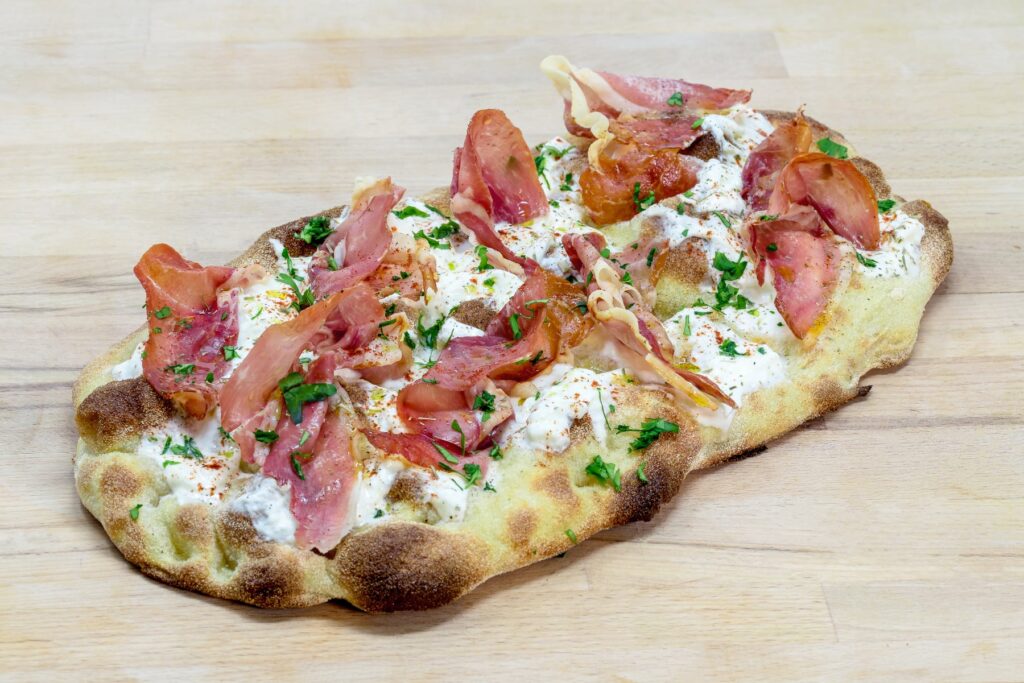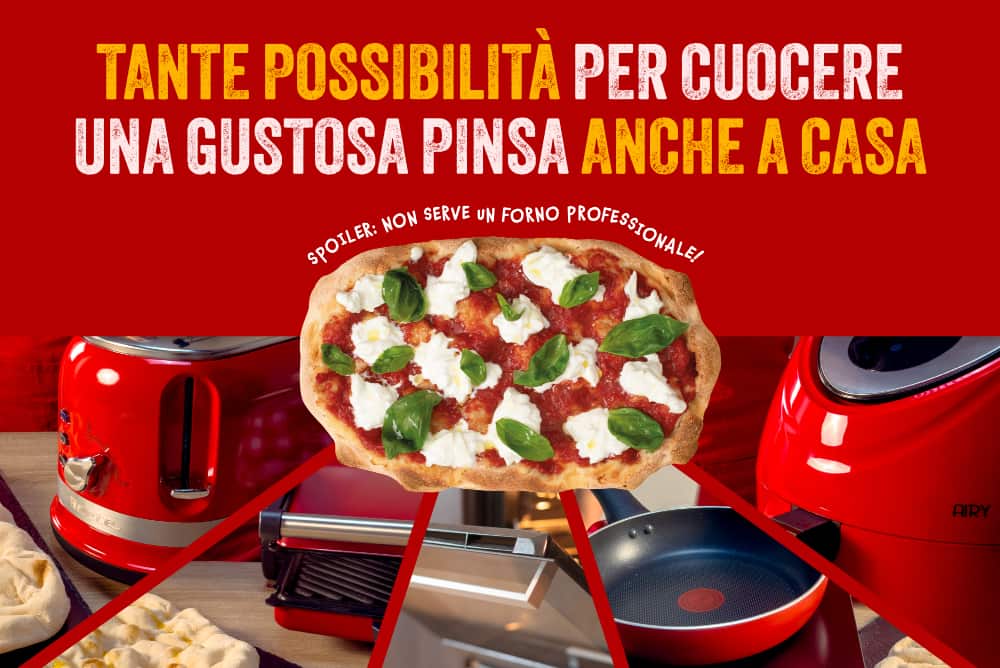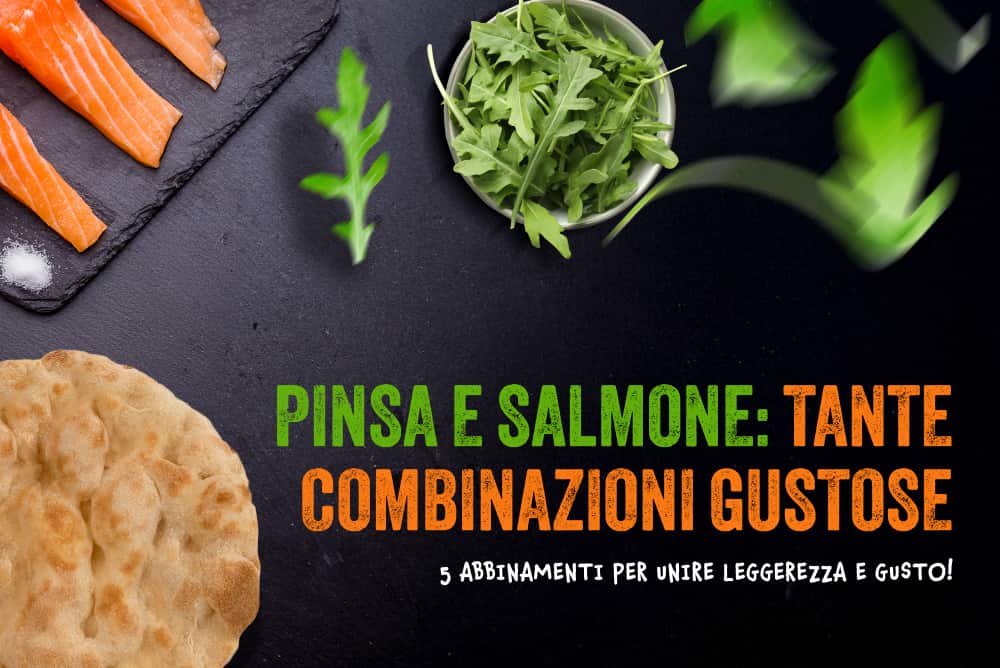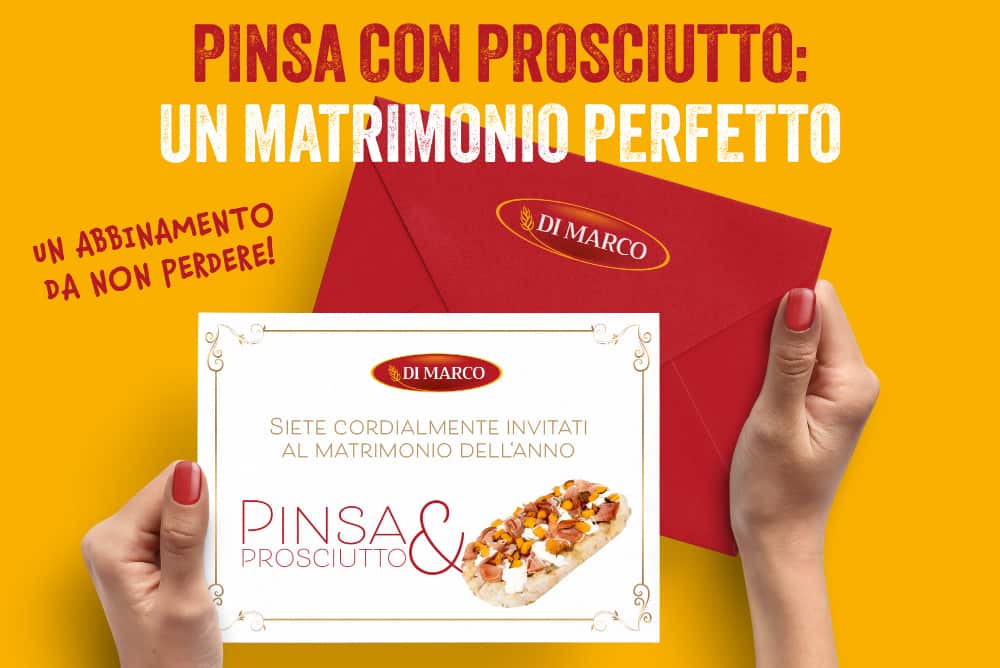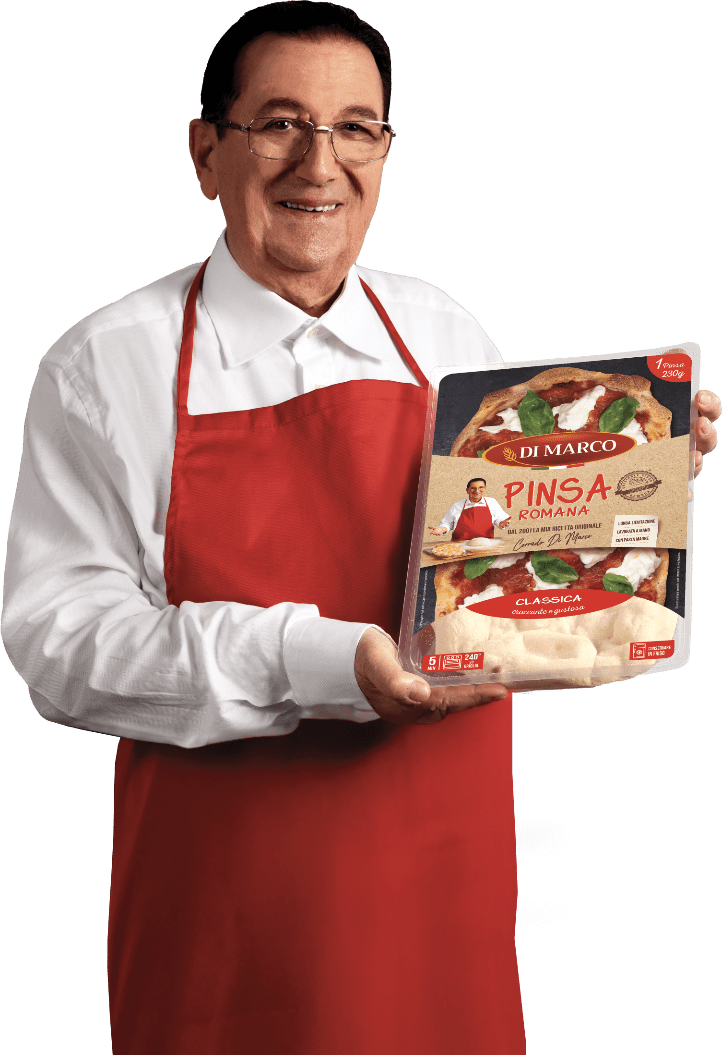Pinsa is conquering the palate of consumers, both in Italy and abroad. In recent years, more and more people are allowing themselves to be tempted by this very traditional dish, considering it a delicious and unique alternative to pizza.
But what makes pinsa romana so special? Aside from its oval shape, it is its soft, crispy and light texture that makes it stand out immediately from pizza, and it is usually thinner, crispier and less dense than focaccia. This is achieved thanks to the flour mix, to the dough high hydration and special processing, as its long rising time contributes to its distinctive flavour.
How to make pinsa romana at home: the tools of the trade
Many people wonder how to make pinsa at home. A legitimate question, given that the product is still associated with the catering industry, and therefore with an evening in a pizzeria or pinseria. It is also possible to make an excellent pinsa at home from scratch from the flour mix, but this is clearly an option dedicated to the enthusiasts.
Pinsa Romana was created with the intention of broadening the access to pinsa, as it is within everyone’s reach, can be purchased close to home and prepared in just a few minutes. But the most interesting aspect, from the consumer’s point of view, is its quality: the product, in fact, follows the rules of the tradition meticulously and it is completely handmade, prepared by Di Marco’s pinsaioli, who roll out each base individually.
Buying a pre-cooked Pinsa Romana means you can dismiss issues such as flours, dough, hydration and leavening, since the product was created to combine taste and speed of preparation. All you have to do is unleash your creativity, buy quality ingredients and focus on the only step of the process that has to be carried out at home: baking.
Tips for perfect baking
We have already explained that Pinsa Romana is meant to be an excellent product, just like the bases handmade in pizzerias and pinserie from scratch from the flour mix.
Between the two situations, however, there is a significant difference: the oven. To put it simply, restaurant ovens can exceed 400 °C, a temperature that cannot be reached with traditional domestic ovens, which usually get to 250 °C. Take this with a grain of salt, as some modern ovens offer features such as pizza mode that can exceed 300°C. One can however consider 250°C as a standard maximum threshold for home ovens. To answer the question ‘how to make pinsa at home’, this limit must be considered.
To overcome this obstacle, some cooking enthusiasts purchase small professional ovens, which in addition to reaching 300/350°C, offer independent regulation of the two areas of the oven, traditionally known as the ceiling and floor. In this case, the pinsa is baked directly on the oven floor, i.e. on the stone. The heat from both the top and the bottom ensures even baking and, above all, the typical crispness of the base, which is one of the elements that makes pinsa stand out. If you can set the two temperatures independently, we recommend 300°C for the floor and 320°C for the ceiling: in this case, Nuvola should cook perfectly in 3 minutes, although the exact time depends very much on the moisture of the chosen topping.
Most consumers have the typical 250°C domestic oven at home. How can you make up for this limitation? This is not a real obstacle to the quality or success of the dish, there is a trick that allows you to achieve results similar to those of professional ovens: we can in fact use a classic baking tray, turn it upside down and leave it inside the oven while you preheat it. By doing so, the baking tray reaches a very high temperature and can play a similar role to the stone in professional ovens. Nuvola, once seasoned, can be carefully slid onto the baking tray and baked for a variable time depending on temperature and toppings, but usually around 5 minutes at 250°C. We recommend to use a ventilated oven.
Finally, there is a further possibility to achieve perfect baking, and that is to buy a refractory stone and proceed as described above, but in this case without flipping the baking tray. Basically, the stone should be placed inside the tray during preheating and not on top. In this case, you need to cook Pinsa Romana directly on the stone.

